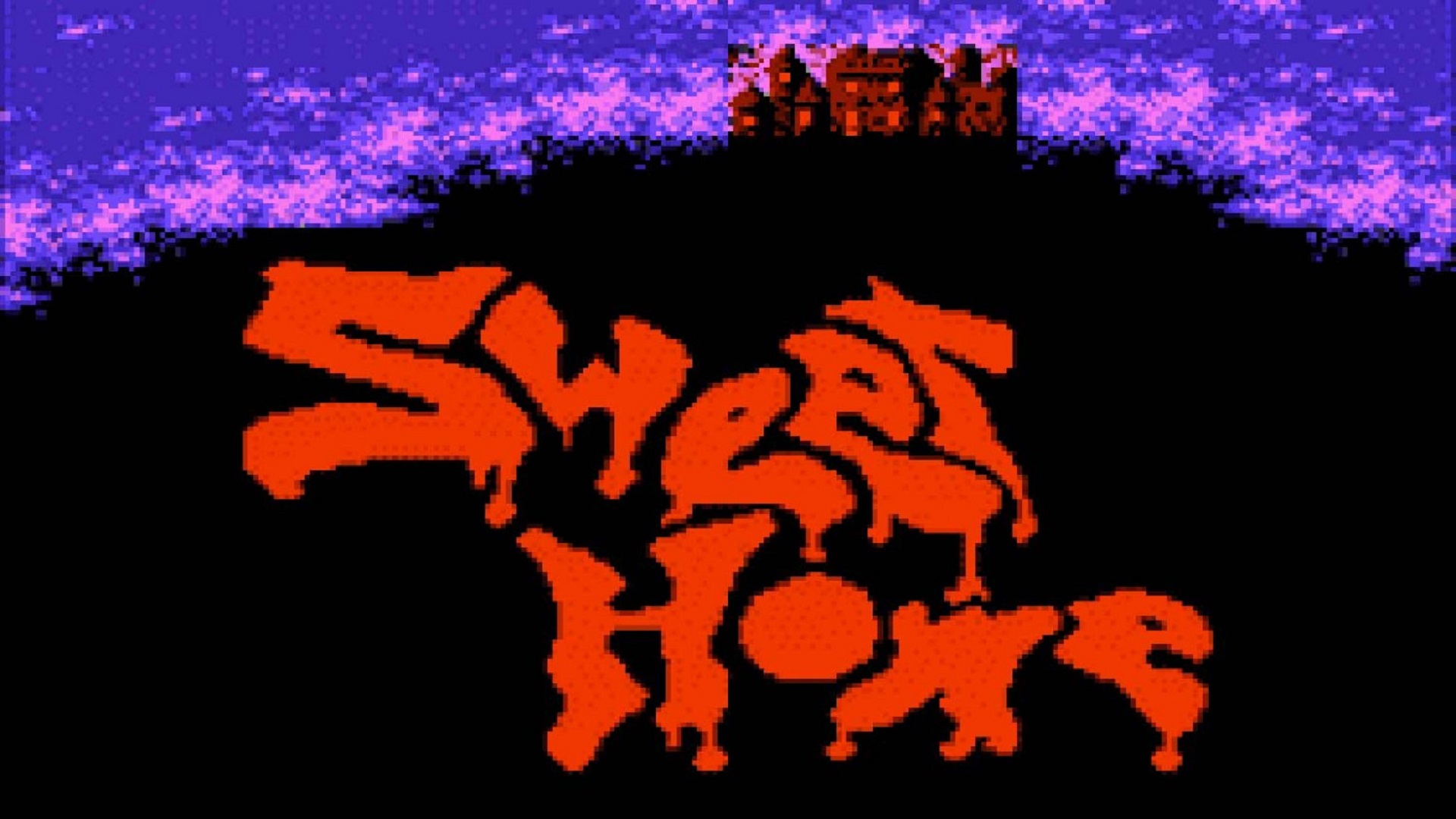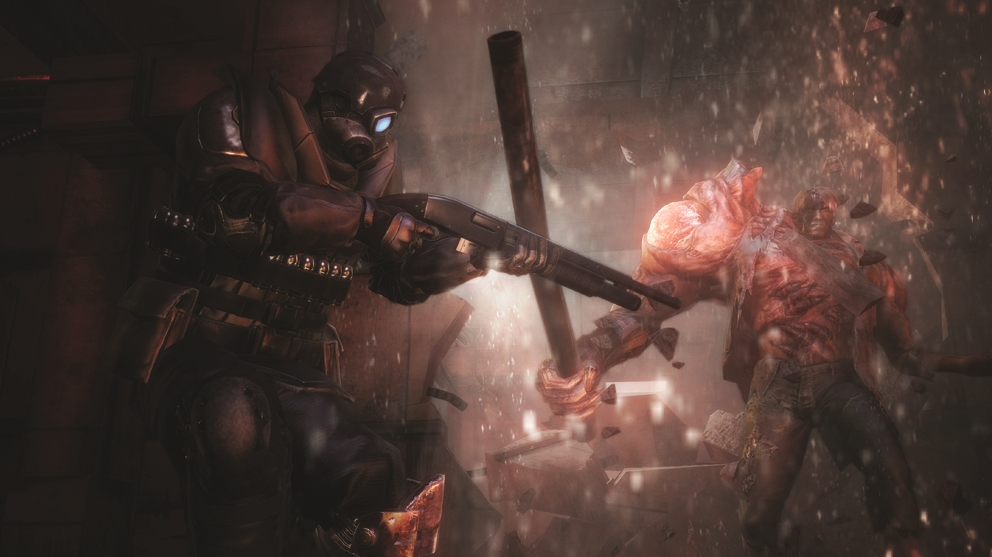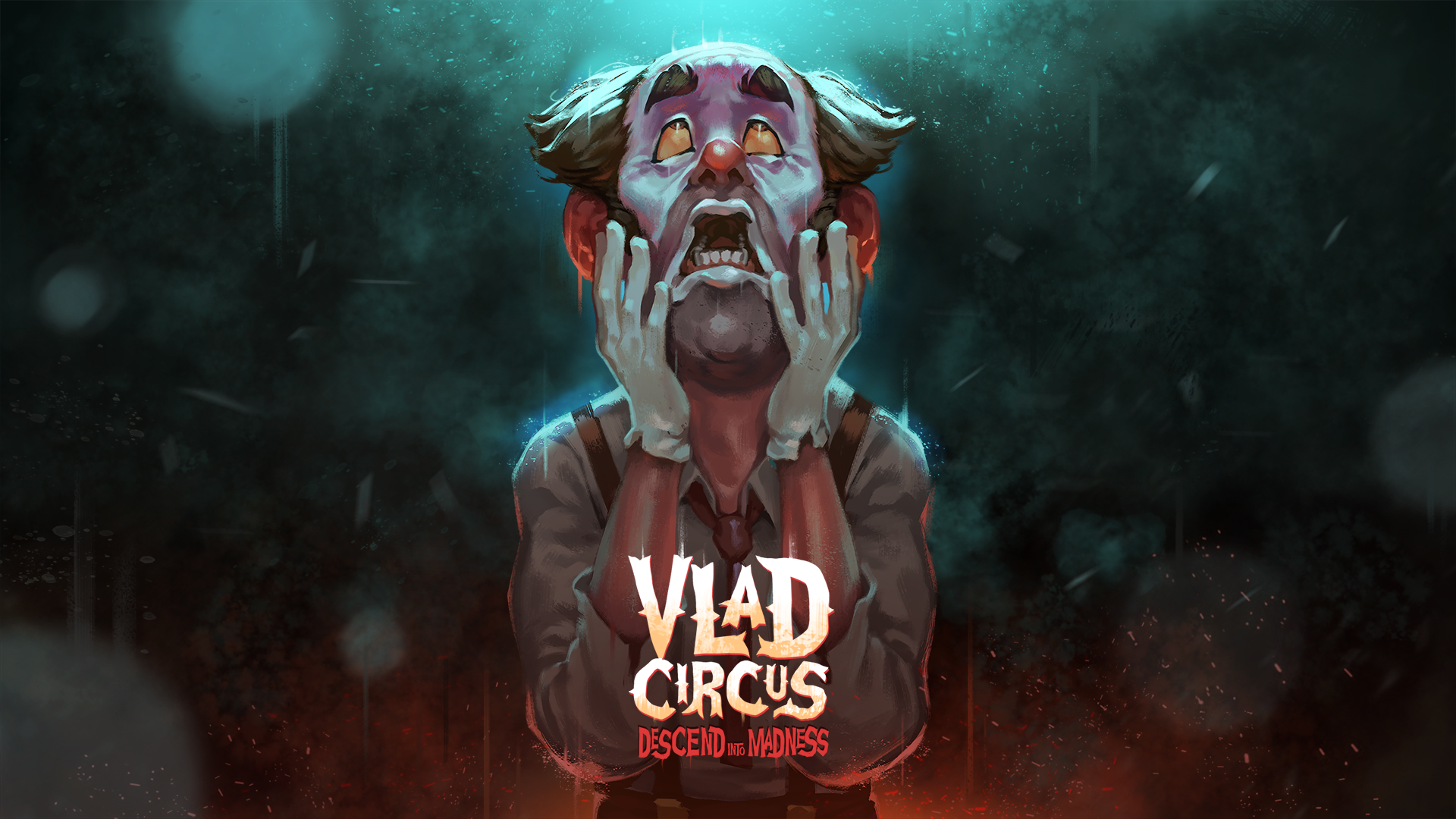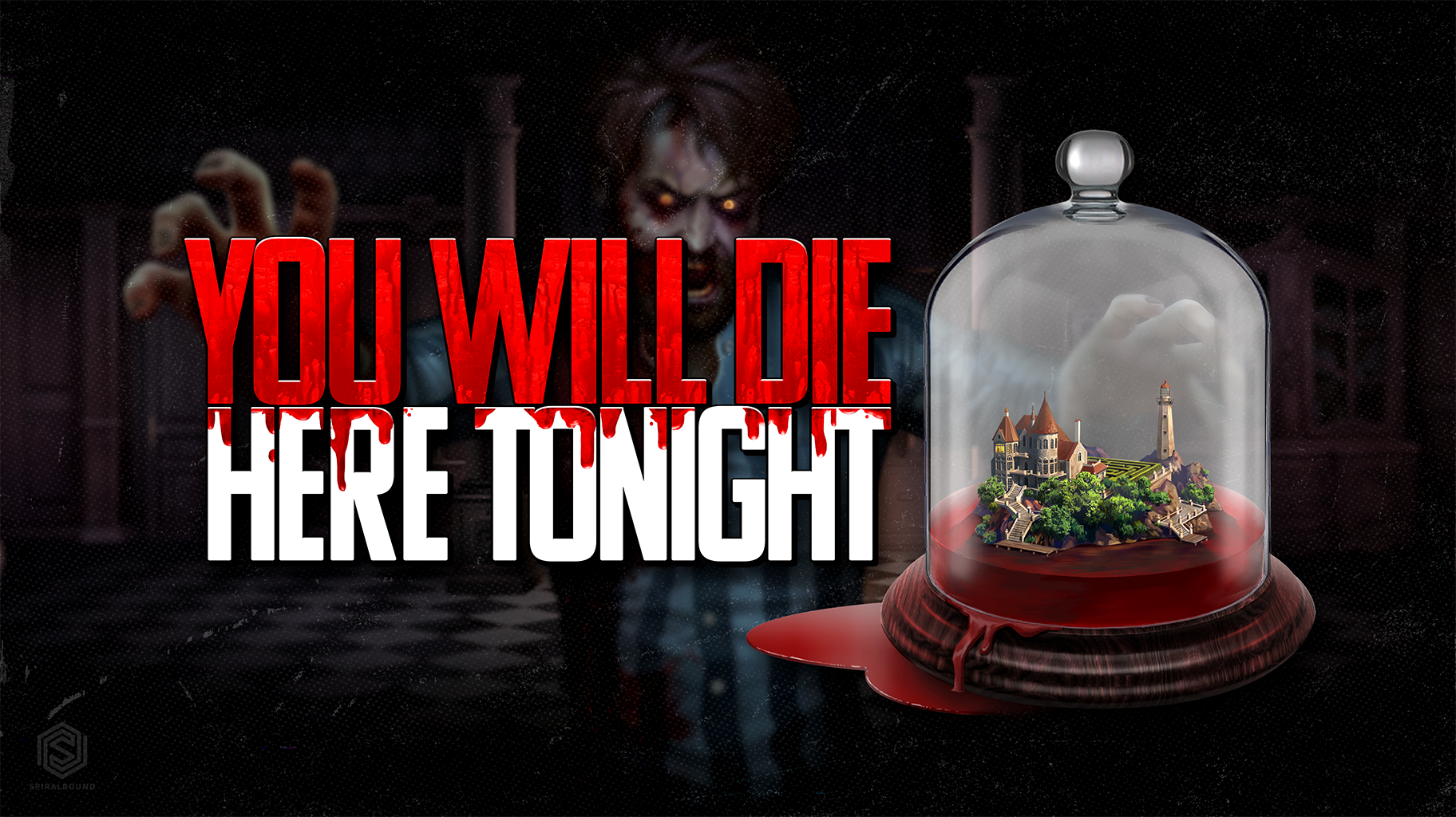
Before Resident Evil There Was Sweet Home
With the juggernaut that is Resident Evil, it has such an exciting and odd beginning. Back in March of 1996, Capcom changed the horror survival world. Bringing excellent gameplay, sound design, and terrifying atmospheric design. The intuitive inventory system puts pressure on players to think and set priorities. The way the 3D characters are superimposed on the artistically pleasing pre-rendered backgrounds. Resident Evil is excellent. There is no question about it. But there is a storied background to Resident Evil and its inception.
We need to go back to January 1989, the Toho company, best known for its Kaiju films, distributed a movie called “Sweet Home.” Directed by Kiyoshi Kurosawa and produced by Juzo Itami. It follows a small film crew who visits an abandoned mansion whose former occupant was a famous artist who left behind various ‘frescos’ ( a technique of mural painting). The team’s goal is to find, restore and publish these paintings and a documentary about them.

Once the team enters the mansion, some paranormal happenings occur. The team discovers a poltergeist in the mansion, and horror ensues. Taking just the base idea of Sweet Home, you can see the similarities between it and Resident Evil, but the plot thickens…
In December of the same year that Sweet Home was released, we saw a video game adaptation release. Sadly it was a Japan-only release for the Famicom, developed by Capcom. But heading up the development of the game is none other than Tokuro Fujiwara and produced by Juzo Itami.

Even though it generally garnered positive reviews at the time, critics at the time believed it to be better than its source material. It is believed that the grotesque nature of Sweet Home dissuaded Nintendo from localizing the game in the west. At the time, there was not a lot of popularity for Role Playing Games in the west either, so there were definitely reasons not to waste money on localization. It was in the year 2000 that fans would release a fully translated version of the ROM onto the internet and load up cartridges with the ROM hack for sale to play on the NES.

What was exciting and unheard of when Sweet Home the game was released is that the writers actually expanded on the lore and story present in the film. We get more background to the film and games antagonist, Lasy Mamiya, whose son fell into an incinerator. To keep her son’s memory alive, she finds playmates for her son and begins killing other children in the incinerator. After realizing what she had done, she commits suicide. Her ghost, unable to forgive herself, becomes trapped in the mansion, going mad.

It is a great story, and the gameplay is really poignant for its time. Having a team of five, being able to switch between anyone at any given time. Each team member has a unique item, and since inventory is limited, we can drop items anyway to be able to be picked up by other members of our team. Much like the Spencer Mansion in Resident Evil, the mansion in Sweet Home becomes more interconnected the further we progress through the story, and overall it has this Metroidvania feel. This is primarily due to Sweet Homes’ emphasis on puzzles and backtracking to open previously closed-off areas opened up by acquiring items.

There are also heavily inspired RPG tones as well. With random encounters aplenty, our perspective changes from the top-down view presented in its exploration mode to a first-person perspective when it is a battle. It does have that good menu-driven battle system of JRPGs at the time. That being said, the music in Sweet Home is some of my favorites, but ill be the first to admit it can get extremely repetitive and annoying if it doesn’t click with you.
There was also the inclusion of quick-time events. Sometimes a character would come across a trap that required very quick decision-making, or else that player would die. Once a character dies in Sweet Home, they remain that way for the rest of the game. What helped with this was if your medic, who could heal the other characters, died, you could find her corpse and pick up a different form of her item to accomplish the same goal. Because characters could quickly drop off, there were also a total of five different endings the player could get.

But now, we leave Sweet Home. In 1993 fresh off the Goof Troop game, Shinji Mikami started working on a horror title for Capcom. This title would start off as a remake of the titular Sweet Home. This was partly due to Tokuro Fujiwara being Shinji Mikami’s mentor and the producer of the game. He wanted to include things into the remake that he initially wasn’t able to in the original release. Mainly on the graphics front, but Fujiwara also believed that horror games could be a genre of video games. Since Capcom no longer had the rights to Sweet Home, they had to create a new universe while maintaining many elements present in Sweet Home.

While I could easily write another piece on the beginning of Resident Evil itself, I will end it here. I think it is vital to remember Sweet Home. It started a movement in gaming that would eventually lead to the survival horror genre’s birth and one of the greatest survival horror franchises in Resident Evil.
If you have the means, check out Sweet Home. It’s challenging and a little archaic, but it’s worth your time to run around the world and see where it all started.

For more interviews, reviews and features, stay locked to DreadXP, and to see what Shinji Mikami is up to now, check out my interview with him and Kenji Kimura about their latest project Ghostwire: Tokyo.




